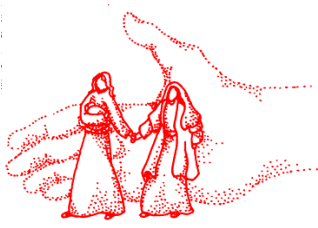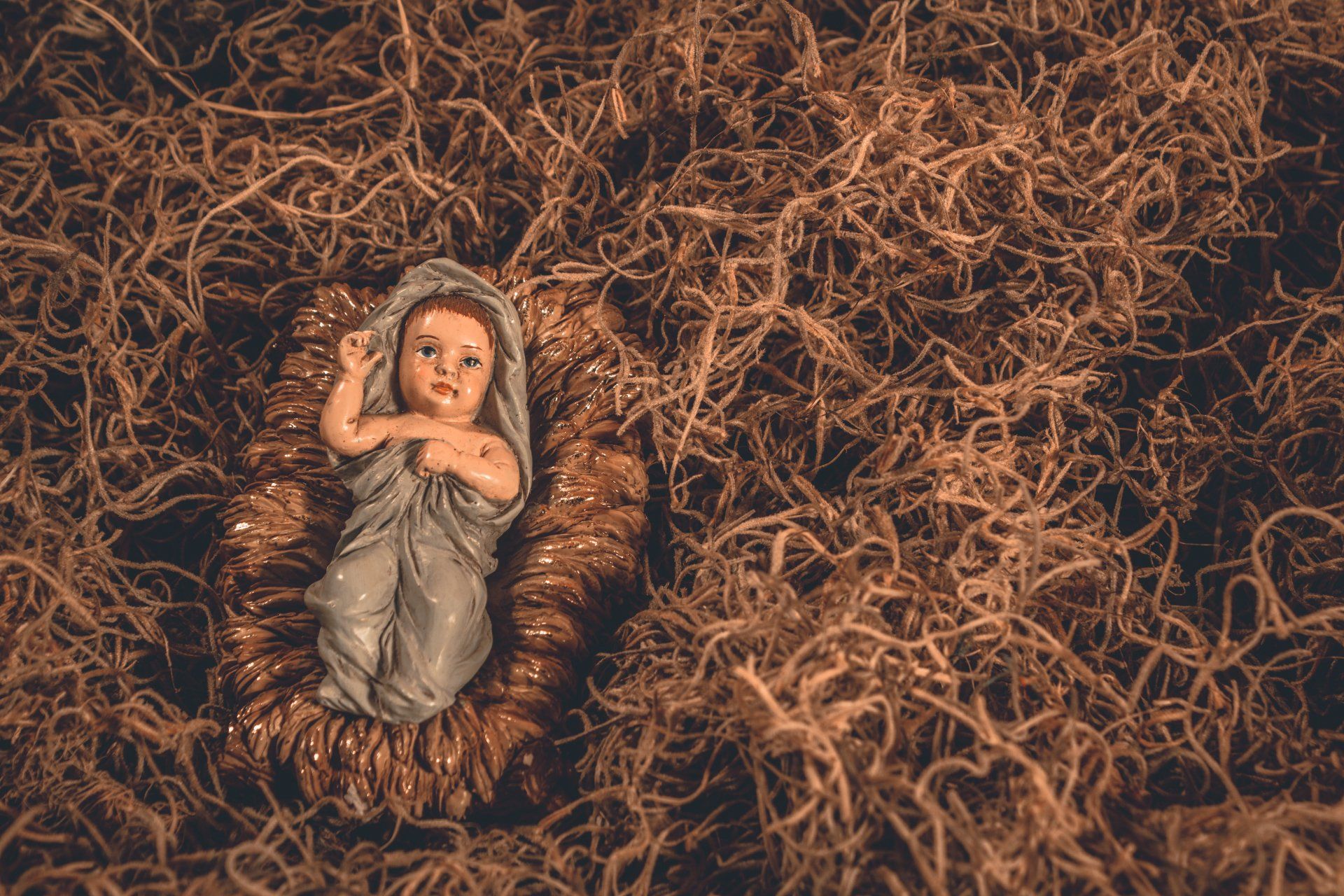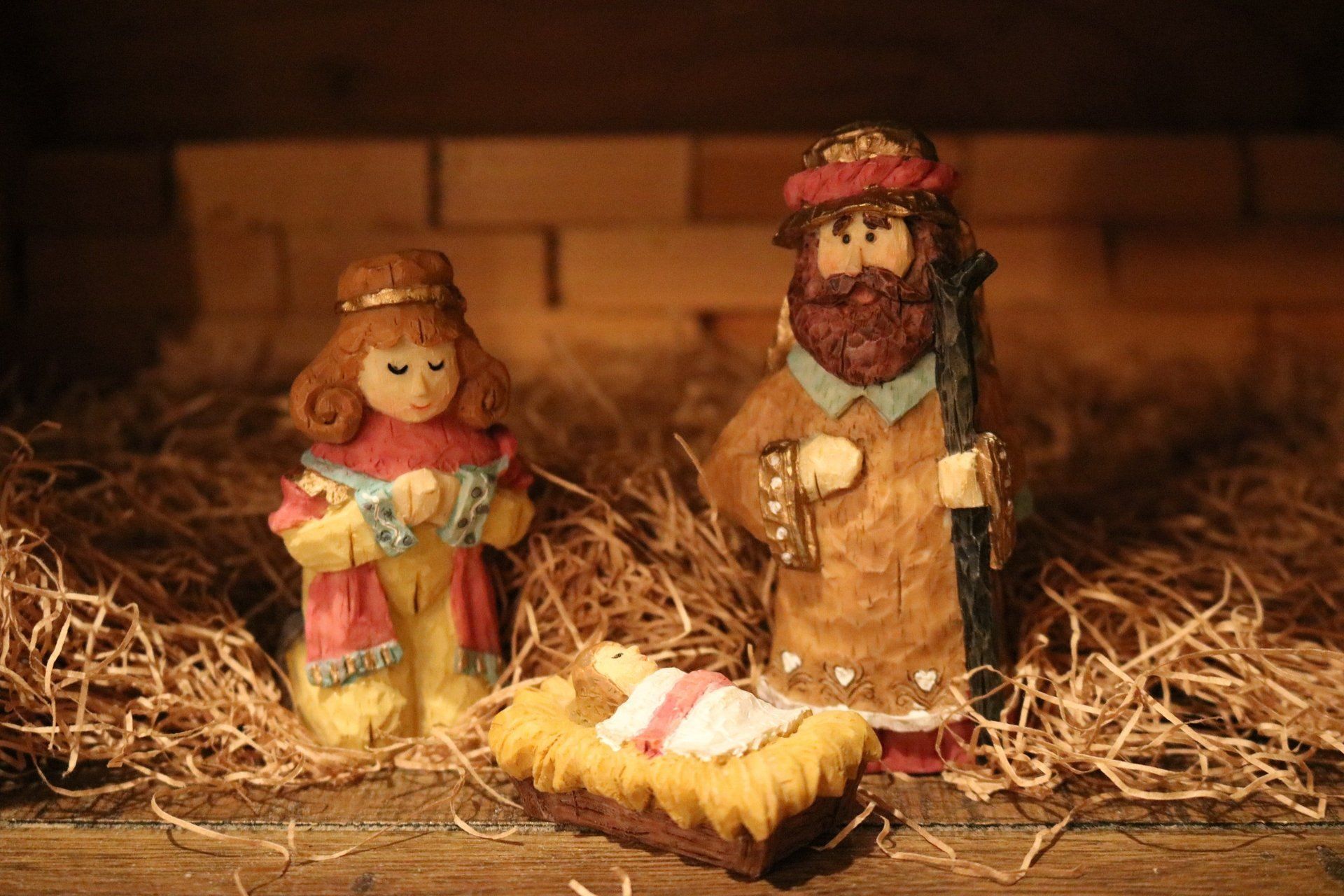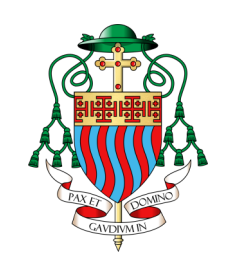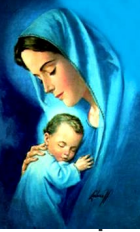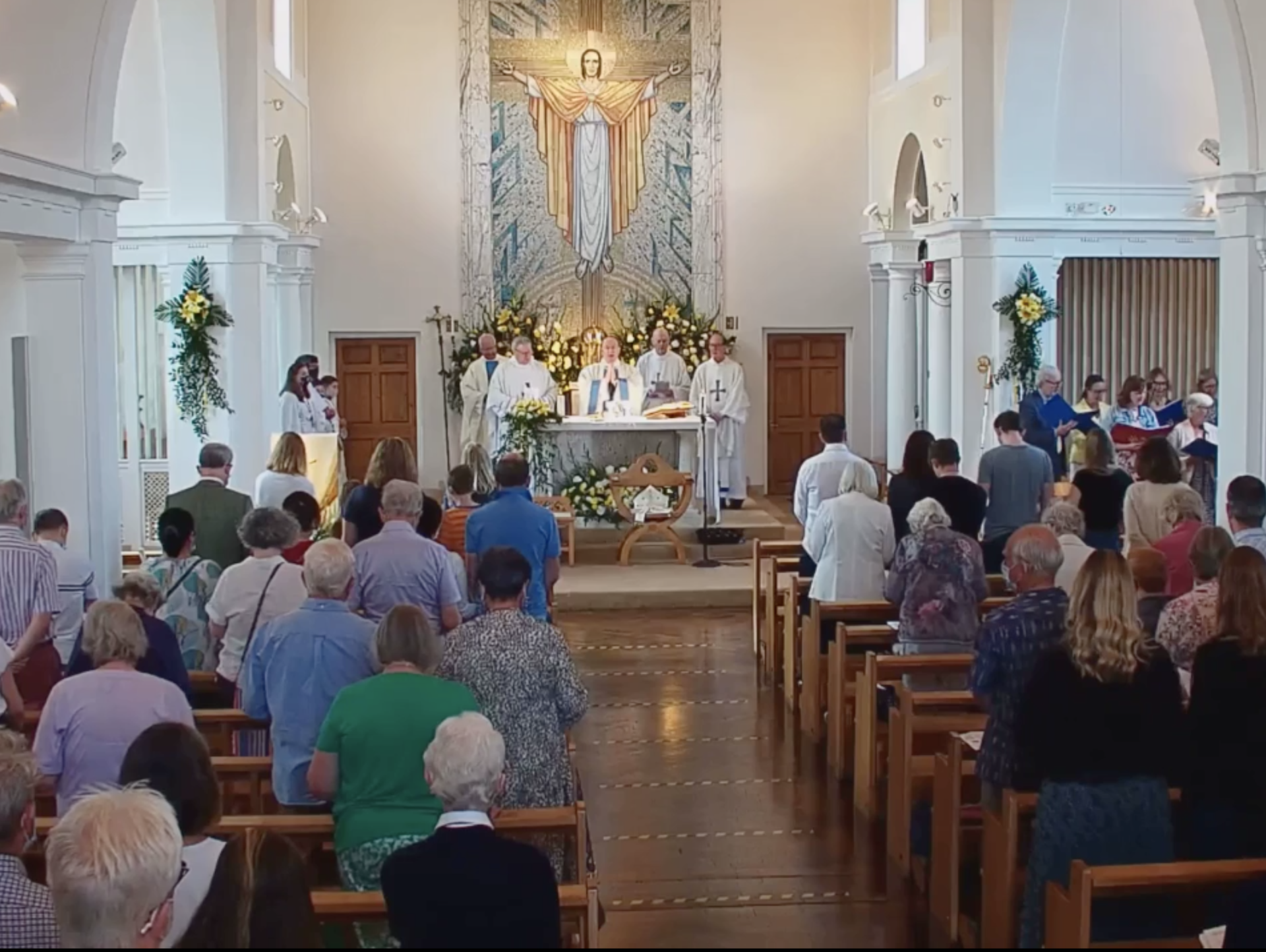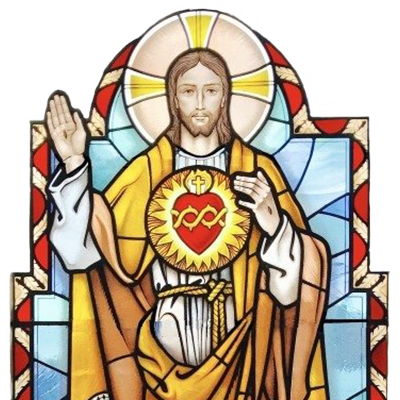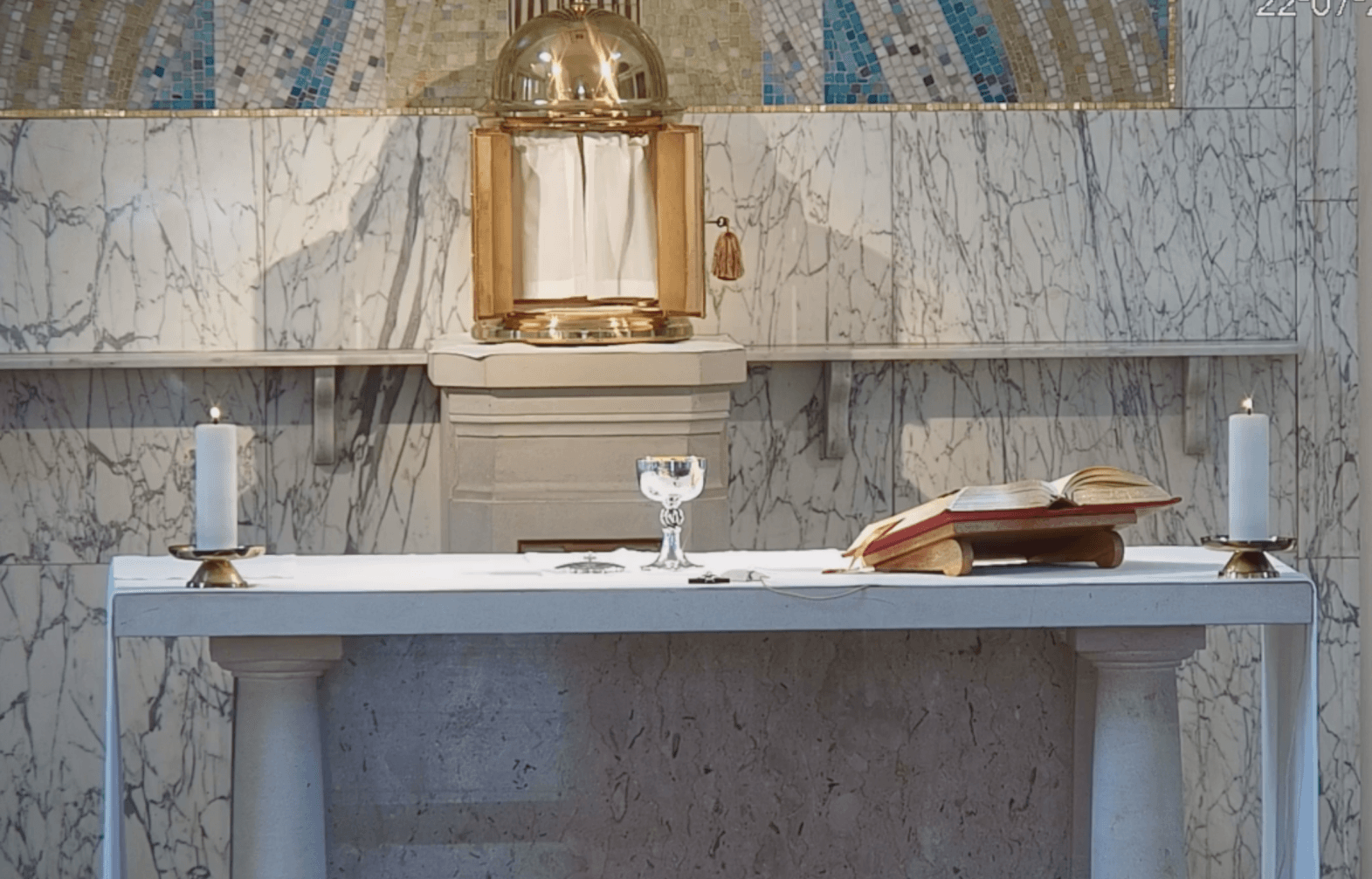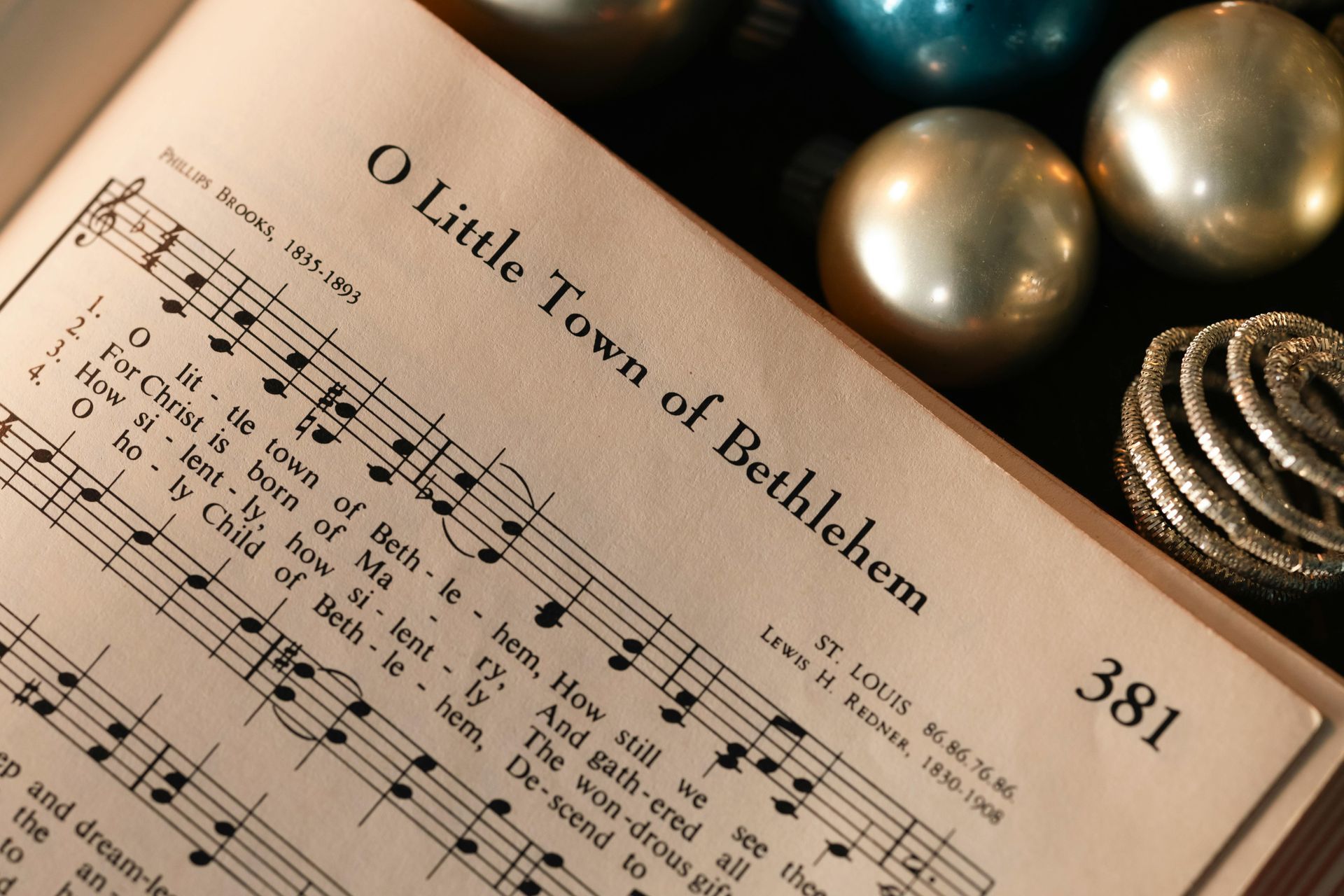Dedication of the Lateran Basilica . . .
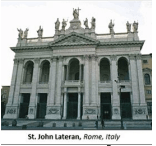
Christians first met in homes to hear Jesus’ teaching and to celebrate the Eucharist. When the Christians were no longer persecuted for their faith, they built beautiful churches. Sometime before the fourth century, a palace owned by a noble Roman family named Laterani had been built. It became the property of the Emperor Constantine. It was he who had declared Christianity to be the religion of the Roman empire, and he donated the palace to the Church along with other buildings on the site. This became Rome’s oldest church. It was given the title Basilica of the Saviour, but later was dedicated to John the Baptist and called St John Lateran.
St. John Lateran was the home of the popes - the centre of the Catholic world for many years. Twenty-eight popes are buried there. Although the pope now lives at the Vatican and presides at St Peter’s basilica, St John Lateran is considered his cathedral as the bishop of Rome. The dedication of this basilica is a happy occasion for the Church because it reminds us of our beginnings, our unity. It stands as a monument to God and all that God does through the Church.
